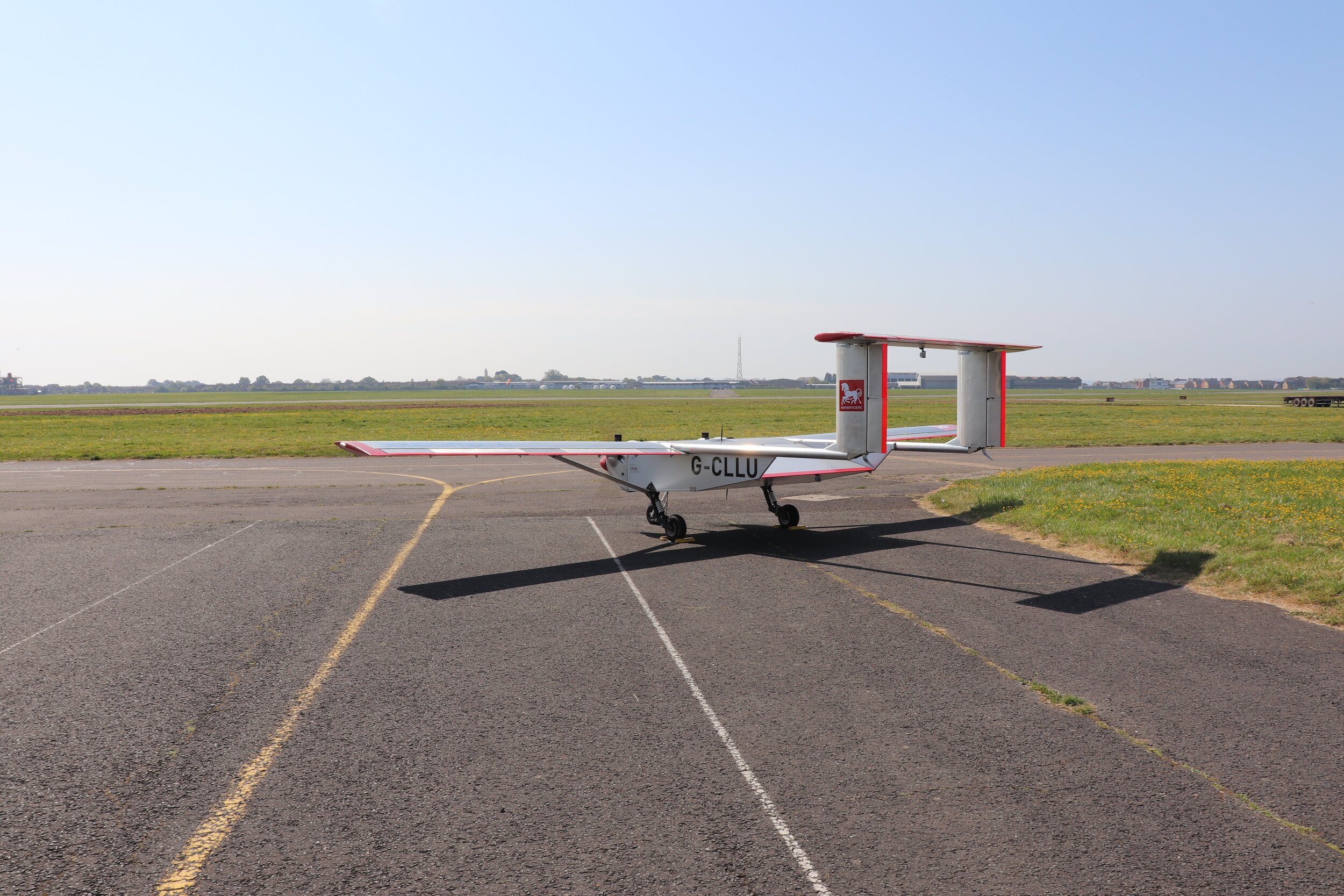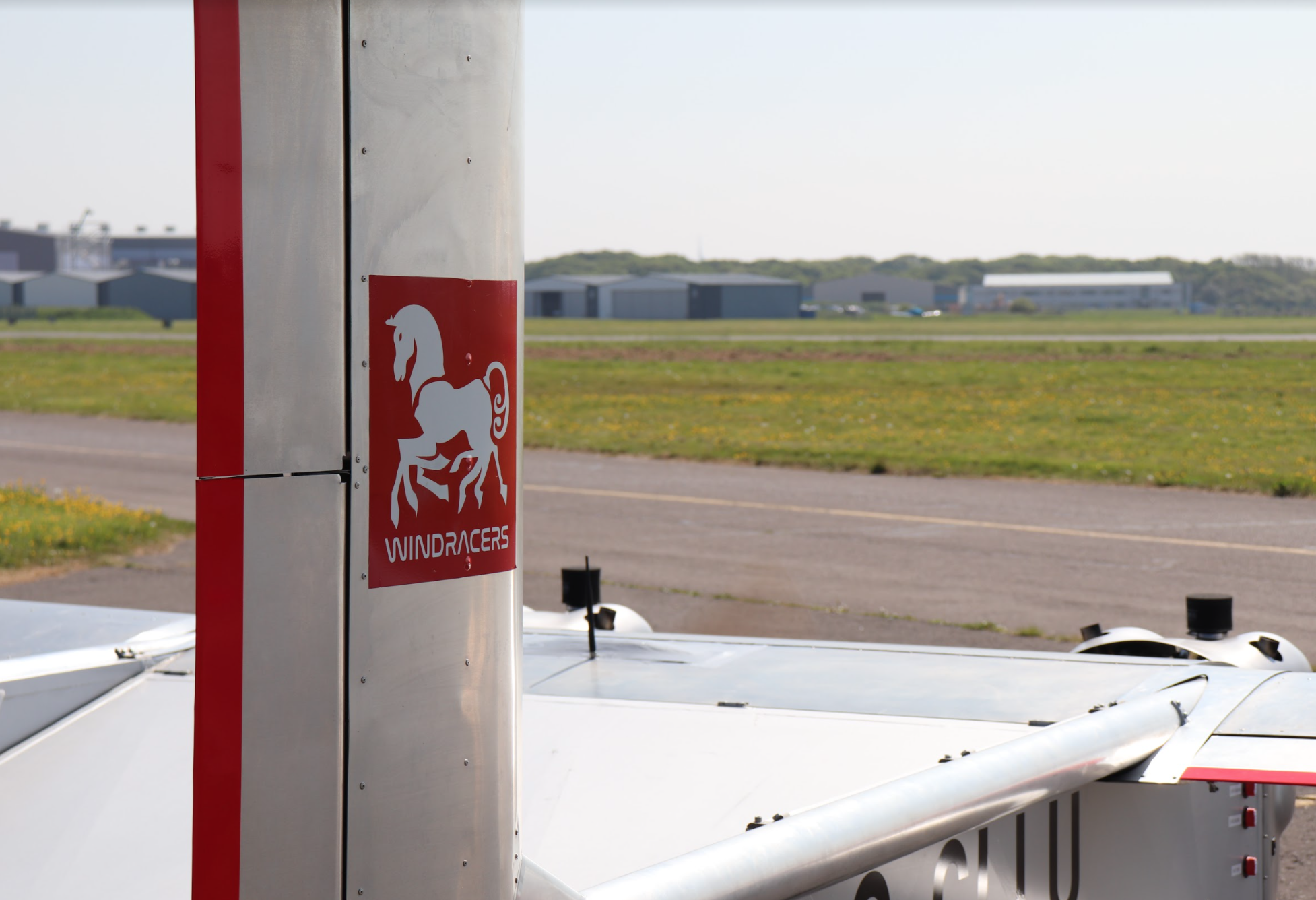Windracers selected by UK government to develop UAV swarm technologies with the aim of aiding wild fire detection, mitigation and suppression.

Southampton, 9 November 2020
Windracers has been selected by the UK Government to accelerate its UAV (Unmanned Aerial Vehicle) autonomous SWARM technologies.
The technology uses a SWARM system to enable the coordination of multiple UAVs to act as one organisation system. The SWARM system coordinates the UAVs to respond to both challenging situations and environmental conditions. Windracers believes this approach will aid wildfire detection, mitigation and suppression, and will enhance Windracers abilities in food and medical aid distribution co-ordination.
Windracers will be delivering the SWARM project with its sister avionics company Distributed Avionics and University of Bristol’s Robotics Laboratory. The aim of the project is to accelerate the development of SWARM robotics to infield deployments. The vision is to support the large-scale deployment of the Windracers ULTRA platform to aid in the fight against wildfires, to protect homes, businesses and key infrastructure from total devastation.
The Windracers SWARM project is a key part of the Future Flight Challenge (FFC) project funded by the UK Government’s Industrial Strategy Challenge Fund.
The Windracers ULTRA UAV is a fully autonomous, twin-engine, fixed-winged aircraft with a carrying capacity of up to 100Kg, in a space around the size of an estate car boot, over 1,000 km. The ULTRA UAV was utilised in the first UK national lockdown in 2020 to transport medical supplies for the NHS to St. Mary’s Hospital on the Isle of Wight in record time. It will now be the first UAV to transport medical cargoes to the Isles of Scilly during the second national lockdown in the UK. Permissions for the required airspace change have been granted solely to Windracers to perform these services by the UK CAA (Civil Aviation Authority).
Stephen Wright, Executive Chairman of Windracers, said “We have been working with the University of Bristol for several years to develop our wildfire management strategy which has led to this SWARM project. It will build an effective ULTRA UAV based system to mitigate wildfires in remote and protected areas and build the Windracers ULTRA UAV into a SWARM capable organisation. Our aim has always been to provide a fast, cost-effective service to transport humanitarian aid, medical supplies or other critical materials over long distances, whether over land, water or hostile terrain and to deliver where other vehicles or aircraft are unable to access.”
Dr. Sabine Hauert, University of Bristol, said “If you look at the scale required to fight forest fires, or deliver aid, the only way you can do this is with a swarm of flying robots. Swarm technology allows you to add or remove robots depending on the need, and like swarms in nature, they are robust to failure and adaptable. Digital twins will help us test the technology virtually, or in combination with real deployments, so we can gain confidence swarms will meet these global challenges.”
Charles Scales, Chief Executive Officer of Windracers said “We are very pleased that we are moving forward to be able to contribute to solving global environmental problems. This will be the first time that large UAVs will be used as a swarm to target wildfires. All of us in the Windracers family are very proud to be part of this ground-breaking project. We would like to thank the UK Government’s Industrial Strategy Challenge Fund for their support.”

Note to editors
Windracers provides transportation services to the humanitarian aid, research and environmental protection communities using UAV’s (unmanned aerial vehicles). The UAV (Unmanned Aerial Vehicle) produced by Windracers – the Windracers ULTRA (Unmanned Large Transport Aircraft) platform – is illustrated below. This platform has been developed at the University of Southampton funded by Windracers. This twin-engine design will be capable of flying large volume payloads of up to 100kg for 1,000km and operating from a range of landing sites. It will ultimately be fully automated without the need for a pilot on the ground. The UAV has primarily been designed to distribute humanitarian aid.
Distributed Avionics (DA), part of the Windracers group, specialises in high-reliability flight control systems for UAVs. The DA autopilot uses patent-pending MasterlessTM technology to bring unparalleled levels of safety to UAV platforms. The DA cloud-based mission management software offers users connectivity to their UAV platforms from anywhere in the world.
Windracers have been awarded part of the £7.35 million funding announced today which represents the first wave of projects totalling £33.5 million funding through the UK Governments Future Flight Challenge (FFC). Over the next few years, The FFC will distribute £125 million from the Industrial Strategy Challenge Fund (ISCF). The FFC aims to accelerate the UK’s position as a world leader in revolutionising how people, goods and services fly. It focuses on the development and demonstration of a novel integrated aviation system that enables the safe operation of new classes of air vehicles. These include air taxis, drones and regional aircraft using electric or autonomous technologies. The Industrial Strategy Challenge Fund aims to bring together researchers and businesses to tackle the big societal and industrial challenges of today.
For further information contact:
Website: www.windracers.org
Email: cscales@windracers.org
Tel: +44 (0)7770542776
